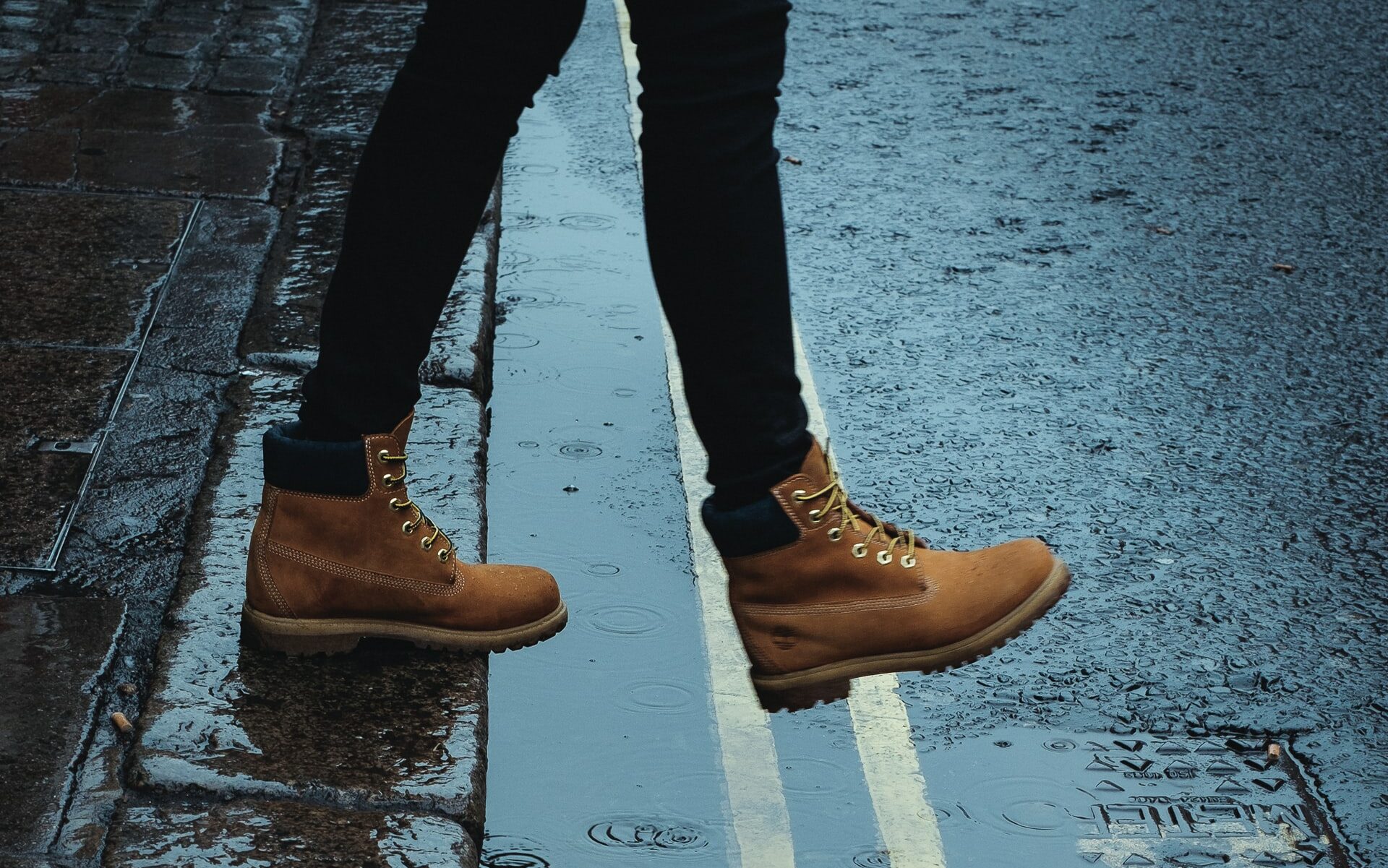With my newly revised concept, I finally felt the kind of enthusiasm that I was missing for my other three ideas. I now feel like I created the outlines of a new kind of playground that I can freely shape to my liking. In the following lines I will try to paint a picture of my vision from a visitors perspective of what I now call The Emotional Space.
Your experience starts in front of a door, or maybe just a very thick curtain hiding a door opening. You might hear the tame roaring of a subwoofer from the other side of it. Before you enter, you follow the friendly instructions and put one of the provided wristbands on. Not knowing what will wait for you behind the heavy curtain, you carefully pull it aside and squeeze by it into the room. You are immediately greeted by a dreamy light composition and an immersive and calm soundscape, creating a cozy atmosphere. You realize that there is nobody else in the room yet, which makes you feel at ease – a nice chance to explore the space by yourself. The room is not too big, you could probably fit around ten people in here comfortably. There are some cushioned furniture elements standing around, melting into the light composition, looking like design elements, but inviting to sit or lie on them at the same time. The sounds and lights are coming from all directions – there is no obvious front or back of the room and the curtain has vanished into the wall again.
